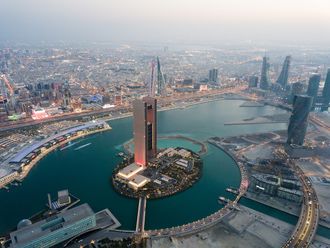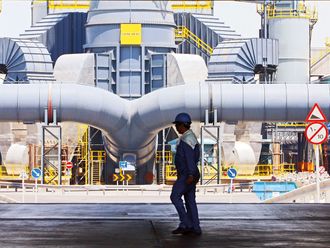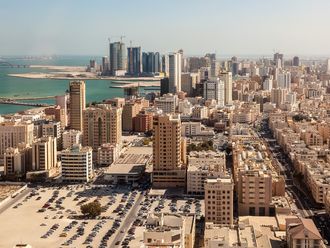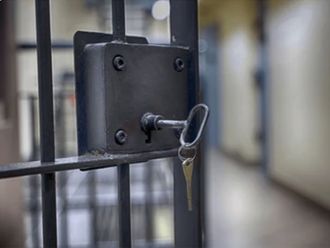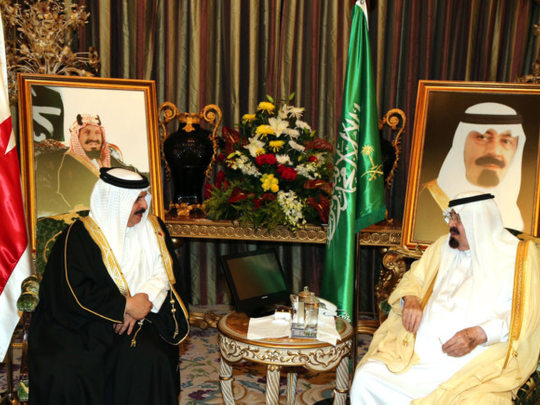
Manama: A new terrestrial link connecting Bahrain with Saudi Arabia will be called “King Hamad Causeway”.
“The Custodian of the Two Holy Mosques King Abdullah Bin Abdul Aziz has endorsed the project to construct a second causeway that will link the Kingdom of Bahrain with the Kingdom of Saudi Arabia,” Bahrain News Agency (BNA) reported late on Friday. “King Abdullah’s endorsement of the causeway was announced during his meeting with His Majesty King Hamad Bin Eisa Al Khalifa in Jeddah. King Hamad expressed his thanks and gratitude to King Abdullah for his generous initiative and his strong support to the consolidation of relations between the countries of the Gulf Cooperation Council (GCC).”
The new terrestrial link is expected to consolidate economic, social and cultural relations and cooperation between the GCC countries, the official news agency added.
Bahrain, Kuwait, Oman, Qatar, Saudi Arabia and the United Arab Emirates formed their loose alliance in 1981 in the UAE capital Abu Dhabi.
Bahrain and Saudi Arabia have been connected by the King Fahd Causeway since November 1986.
The 25-kilometre causeway, the longest in the Arab world, was opened by the late King Fahd Bin Abdul Aziz of Saudi Arabia and the late Emir Shaikh Eisa Bin Salman Al Khalifa of Bahrain. It is today one of the busiest traffic areas between Arab countries.
Drivers who use the causeway pay a two Bahraini dinars (Dh19.2) or 20 Saudi riyals (Dh19.5) fee, but no charges are imposed on passengers, regardless of their numbers.
Authorities in Bahrain and Saudi Arabia have recently issued statements about increasing the number of lanes for cars, buses and trucks to help deal with traffic congestion, particularly during the weekends and holidays.
Several Saudis and Saudi Arabia-based foreigners who work or study in Bahrain commute daily while a large number of Bahrain-based expatriates and Bahrainis use the causeway daily to go to their work or universities.
The causeway is also used by trucks, mainly from Saudi Arabia, Kuwait and the UAE, heading towards Bahrain to deliver or load products.
Queues of long vehicles are often seen at the entrance or exit of the causeway.
According to official figures, 40,000 people a day use the terrestrial link between the two kingdoms.
In March, 770,672 people used the causeway during the 10-day break in Saudi schools, Mualla Al Otaibi, the spokesperson for the passports department in the Eastern Province of Saudi Arabia, said.
In December, Saudi Arabia’s National Anti-Corruption Commission (Nazaha) in a searing report said that a probe it had conducted revealed that the absence of traffic patrols, especially at peak hours, was among the major reasons for delays suffered by drivers and passengers as they attempted to use the causeway.
However, the traffic police rejected the findings, saying that they had “nothing to do with the congestion at the causeway” and that “the passports department was in charge of the matter”.
Bahrain also has plans to build a causeway with neighbouring Qatar. Negotiations on “Love Bridge” began in 2009 but were suspended soon after. According to Al Arabiya, negotiations resumed again in late 2013.



